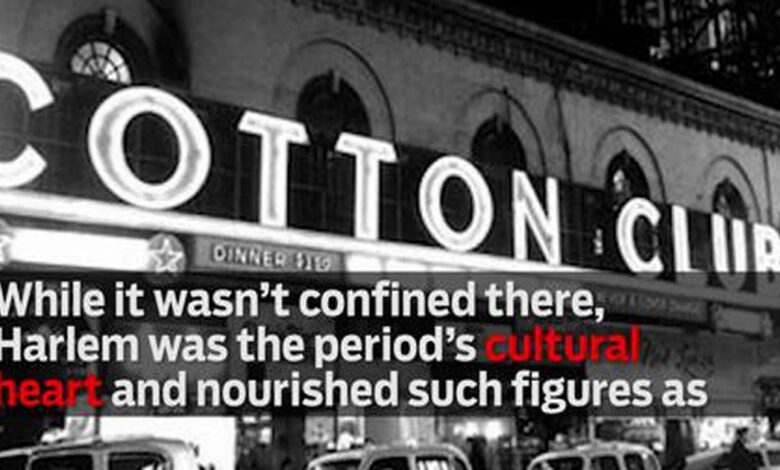Why the Harlem Renaissance is important to Black History Month

While it wasn’t confined there, Harlem was the cultural mecca attracting black artists, writers, photographers, musicians and poets, many fleeing the oppression of the South and seeking freedom to develop their talents.
African-Americans used the arts to display their humanity and push for equality. Many blacks began to publish novels, magazines and newspapers during this era. Even mainstream publishing houses provided more opportunities for black writers to be exposed to a national and global audience.
The legacy of the Harlem Renaissance helped to redefine how the world viewed African–Americans, morphing from a stereotypical undereducated, rural image to a more educated, sophisticated and urbane image. This new identity led to African–Americans becoming players on the world stage.
The period’s cultural heart and nourished such figures as W.E.B. Du Bois, Langston Hughes, Claude McKay, Countee Cullen, Arna Bontemps, Zora Neale Hurston, Jean Toomer, Walter White and James Weldon Johnson.



